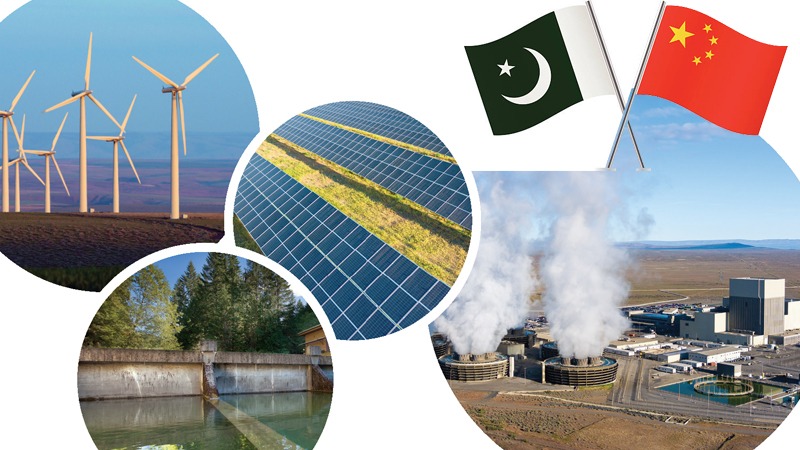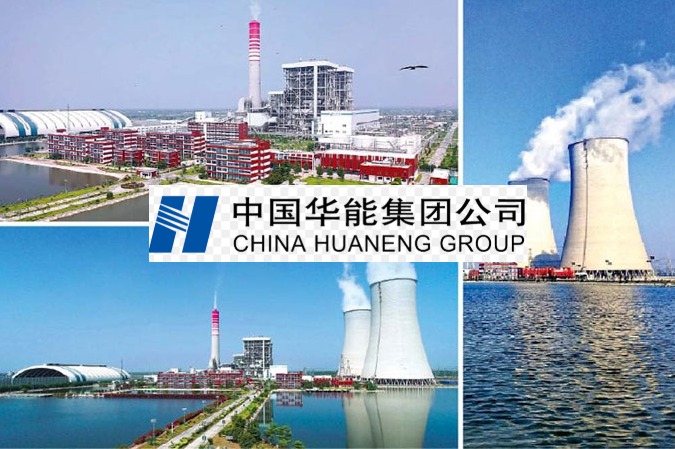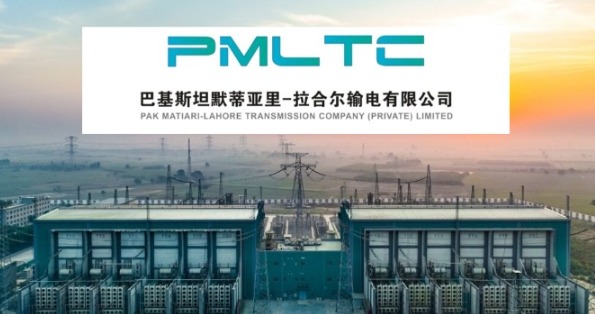The Role of Chinese Companies in Reshaping Pakistan’s Power Sector
For decades, Pakistan grappled with severe energy shortages that stunted economic progress and hampered industrial productivity. With a staggering $35 billion allocated to energy projects under the China-Pakistan Economic Corridor (CPEC), Chinese companies have played a pivotal role in addressing Pakistan’s energy crisis, creating a brighter and more sustainable future for the nation.

Energy Cooperation Under CPEC
With over 10,400 MW of electricity generation capacity developed through a mix of coal, solar, wind, and hydropower projects, CPEC energy initiatives aim to eliminate Pakistan’s energy deficit while laying the groundwork for industrial expansion. However, the commissioning of Chinese-funded projects has diversified the energy mix, integrating renewable and coal-fired power plants. This shift has not only improved generation efficiency but also significantly reduced electricity costs, ensuring more stable energy prices.
Over the past eleven years, Chinese companies have added over 8,700 MW of power capacity to Pakistan. This accomplishment has alleviated energy shortages and spurred technological innovation, job creation, and economic growth. Beyond infrastructure, these companies have actively engaged with local communities, fulfilling corporate social responsibilities and contributing to sustainable development in Pakistan.
Chinese power projects have collectively generated 229.8 billion kWh of electricity as of September 2024. These achievements are the result of world-class technology, substantial investments, and strategic planning by leading Chinese enterprises. Below are the major contributors:

China Power Hub Generation Company (CPHGC)
A joint venture between China Power International Holdings (CPIH) and the Hub Power Company Limited (HUBCO), the China Power Hub Generation Company (CPHGC) operates a coal-based power plant in Hub, Balochistan, with a capacity of 1,320 MW. This project, providing energy to over four million people, represents a vital addition to Pakistan’s energy grid. The total investment in the CPHGC project exceeded $1.9 billion, showcasing its scale and importance. Since its launch, the plant has generated over 23 billion kWh of cost-effective and cleaner electricity for the national grid. Beyond power generation, the CPHGC is committed to environmental stewardship, exemplified by its goal of creating a “desert oasis” and establishing a green, eco-friendly power facility. This dual focus on energy provision and sustainability underscores the company’s pivotal role in Balochistan’s socio-economic development.
Port Qasim Coal Power Plant
The Port Qasim 2×660 MW Coal Power Plant, with a total installed capacity of 1,320 MW, began operations on April 25, 2018. With an investment of $2.08 billion, the plant has an annual energy generation capacity of 9 billion kWh. It is a critical player in Pakistan’s energy landscape, reducing energy deficits and enhancing industrial productivity. As one of the largest coal-based power plants in the country, it exemplifies how strategic investments in energy infrastructure can bolster national development.

China Energy Engineering Group
The China Energy Engineering Group has undertaken some of Pakistan’s most ambitious energy projects, including the Suki Kinari Hydropower Station and the Neelum Jhelum Hydropower Project. Suki Kinari Hydro Power Station project is Pakistan’s largest greenfield investment by Chinese enterprises. With a total capacity of 884 MW, it will provide clean, renewable energy, reducing reliance on fossil fuels and supporting Pakistan’s transition toward sustainable energy.
Another project The Neelum Jhelum Hydropower Project highlights the group’s contributions to hydropower development in Pakistan, harnessing the potential of water resources for energy generation.
Huaneng Shandong Ruyi (Pakistan) Energy Ltd.
The Sahiwal 1,320 MW Coal Power Plant, inaugurated in 2017, remains one of the largest coal-fired power plants in Pakistan. With an annual power generation capacity of 9 billion kWh, the plant addresses the electricity needs of approximately 20 million people. The project has helped stabilize the region’s industrial and residential power supply, fostering economic growth.
Matiari-Lahore HVDC Transmission Project
The Matiari-Lahore High Voltage Direct Current (HVDC) Transmission Project, operational since August 2021, is a cornerstone of Pakistan’s power sector modernization. This 660kV transmission line spans 886 km, with an evacuation capacity of 4,000 MW and transmission losses of less than 4%.
Managed by the Pak Matiari-Lahore Transmission Company (PMLTC), a subsidiary of China Electric Power Equipment and Technology (CET), the project represents a significant upgrade in Pakistan’s energy infrastructure. It efficiently transmits power from the south to the energy-hungry northern regions, reducing strain on the national grid. The project directly impacts 10 million households, providing stable and high-quality energy while minimizing economic losses caused by outdated transmission systems. Additionally, PMLTC supports economic stability by ensuring a reliable power supply for industrial and commercial sectors.
China Three Gorges South Asia Investment
The Karot Hydropower Project, operational since June 29, 2022, is another milestone in Pakistan’s journey toward renewable energy. Located on the Jhelum River, the 720 MW plant has an annual energy generation capacity of 3.2 billion kWh, meeting the energy needs of significant local populations. This initiative reflects a growing emphasis on leveraging Pakistan’s natural resources for sustainable energy solutions.
Shanghai Electric
The Engro Power Thar Limited Project, with a capacity of 660 MW, highlights the significance of coal energy in Pakistan’s power strategy. Located in Thar, this project utilizes locally mined coal, reducing the country’s reliance on expensive energy imports and promoting regional economic development.
China Machinery Engineering Corporation (CMEC)
The Thar Block-II Coal Mines Project is another key initiative that underscores the importance of exploiting domestic resources for energy generation. CMEC has bolstered energy self-sufficiency and contributed to the economic uplift of the Thar region.
Hydropower projects will be transferred to provincial governments free of cost after 30 years of operation, ensuring long-term energy stability. The revival of local industries due to reliable energy supply has spurred economic development. Approved tariffs are expected to drop by half after 10–12 years of operations, reducing the financial burden on the national economy. Thousands of direct and indirect jobs have been created during the construction and operational phases of these projects.
China’s unwavering dedication has illuminated the path of China-Pakistan cooperation, not only ensuring the success of various transformative projects but also strengthening the bonds of friendship between the two nations. These efforts embody the true spirit of China-Pakistan unity, playing a pivotal role in shaping the future of Pakistan’s power sector. The invaluable contributions of this partnership will forever be cherished, serving as a lasting legacy that inspires perseverance, resilience, and collaborative efforts to create a brighter and more sustainable future for Pakistan’s energy landscape.
Written by: By Mr. Khalid Taimur Akram, Executive Director, Pakistan Research Center for a Community with Shared Future (PRCCSF), Islamabad








